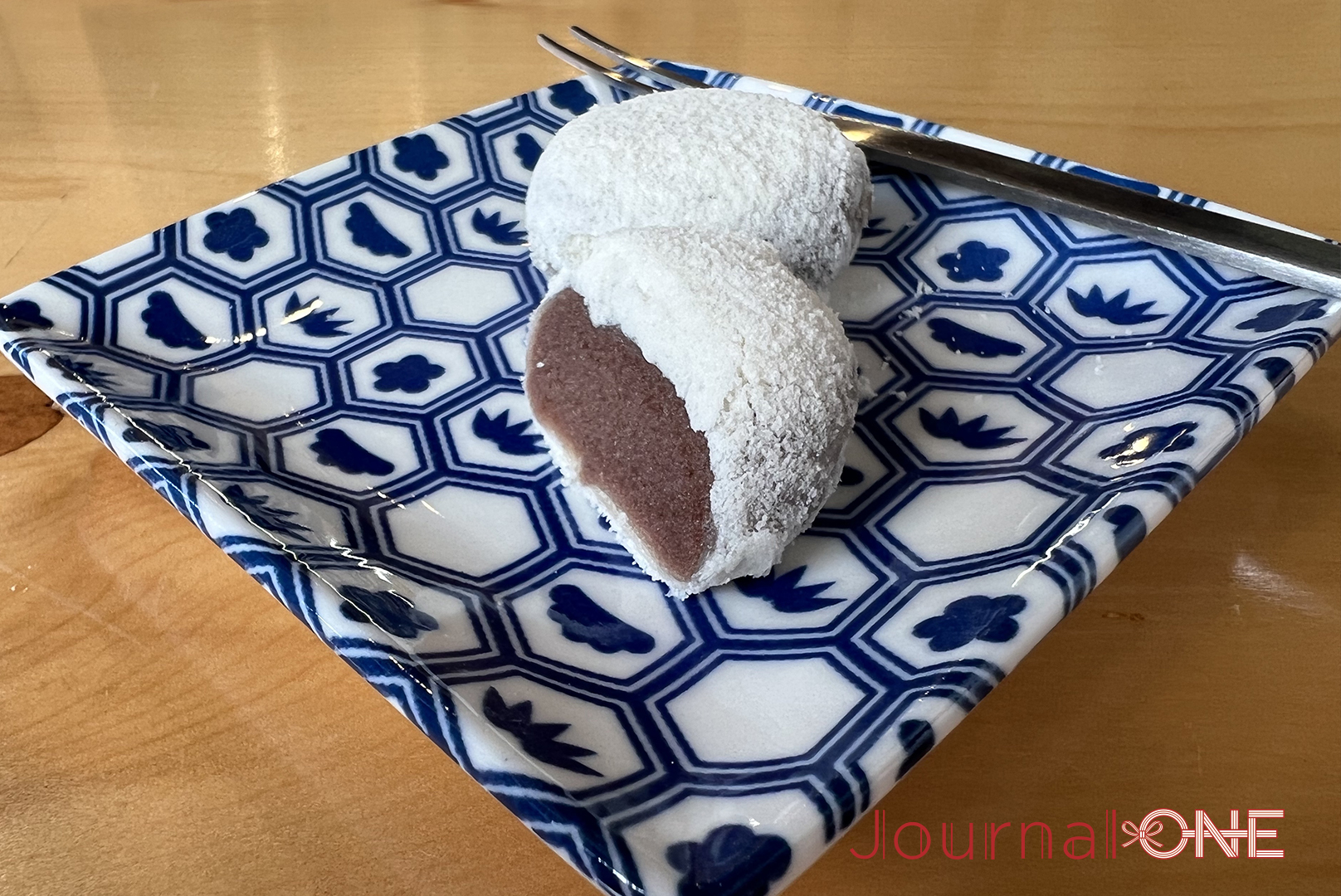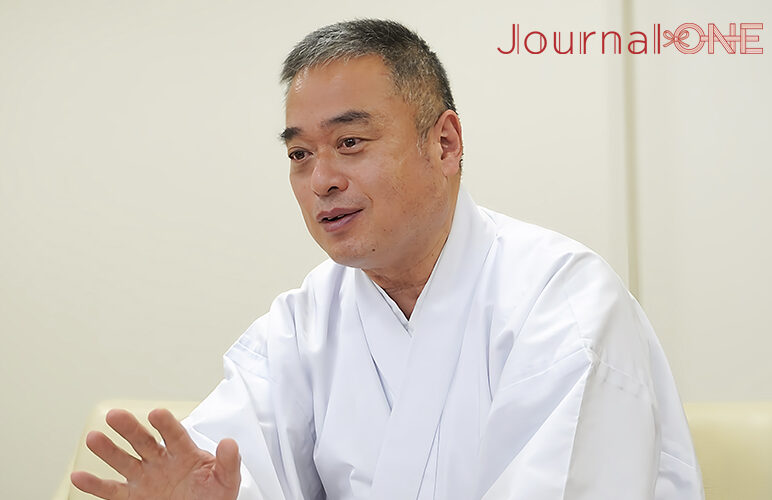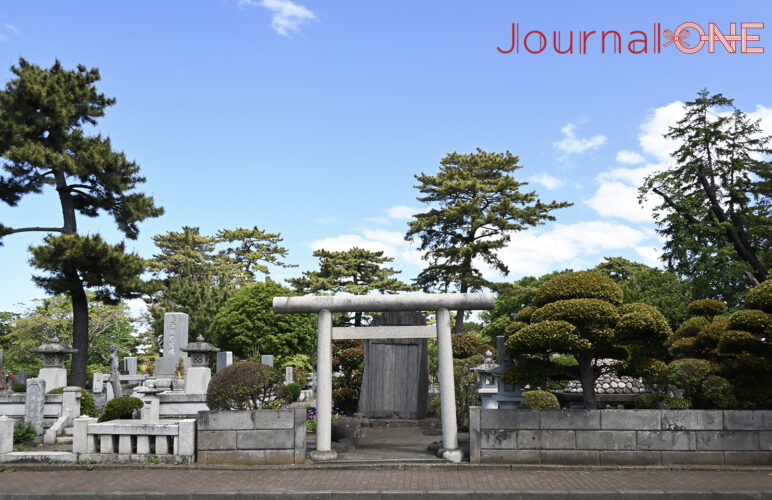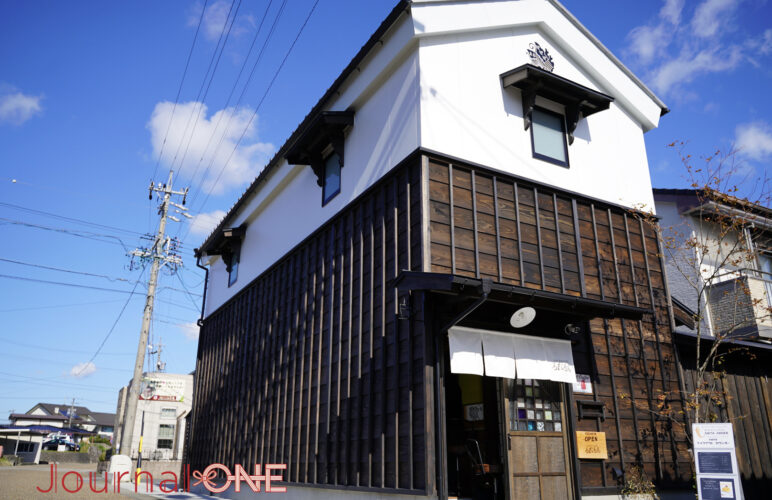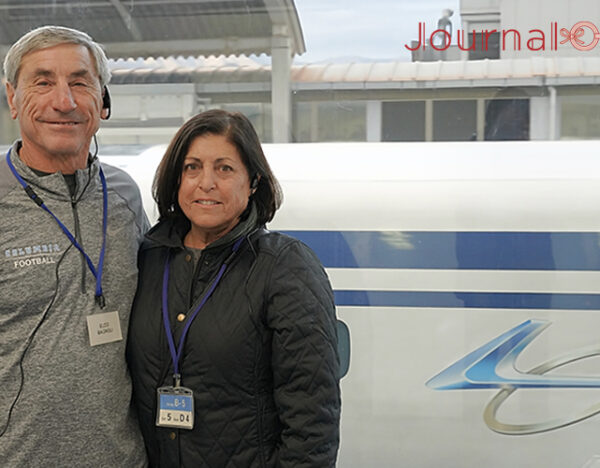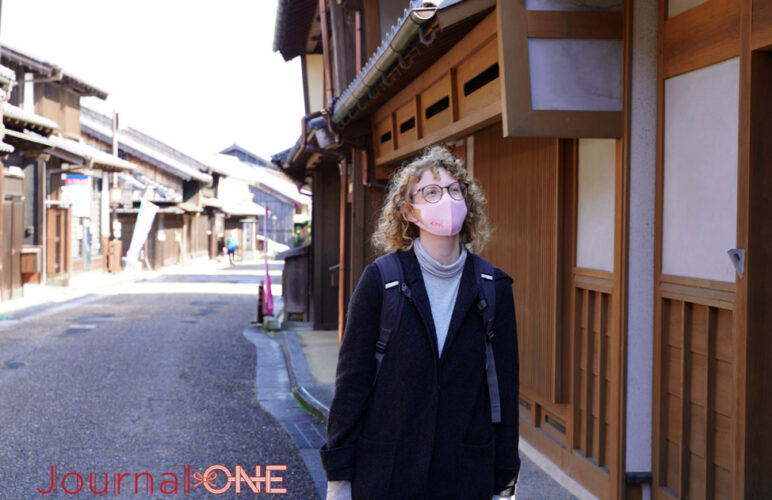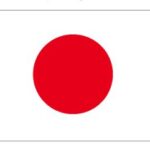
I was told this by the 14th generation master, Kichiemon – Aki Hattori, with a wonderful smile.
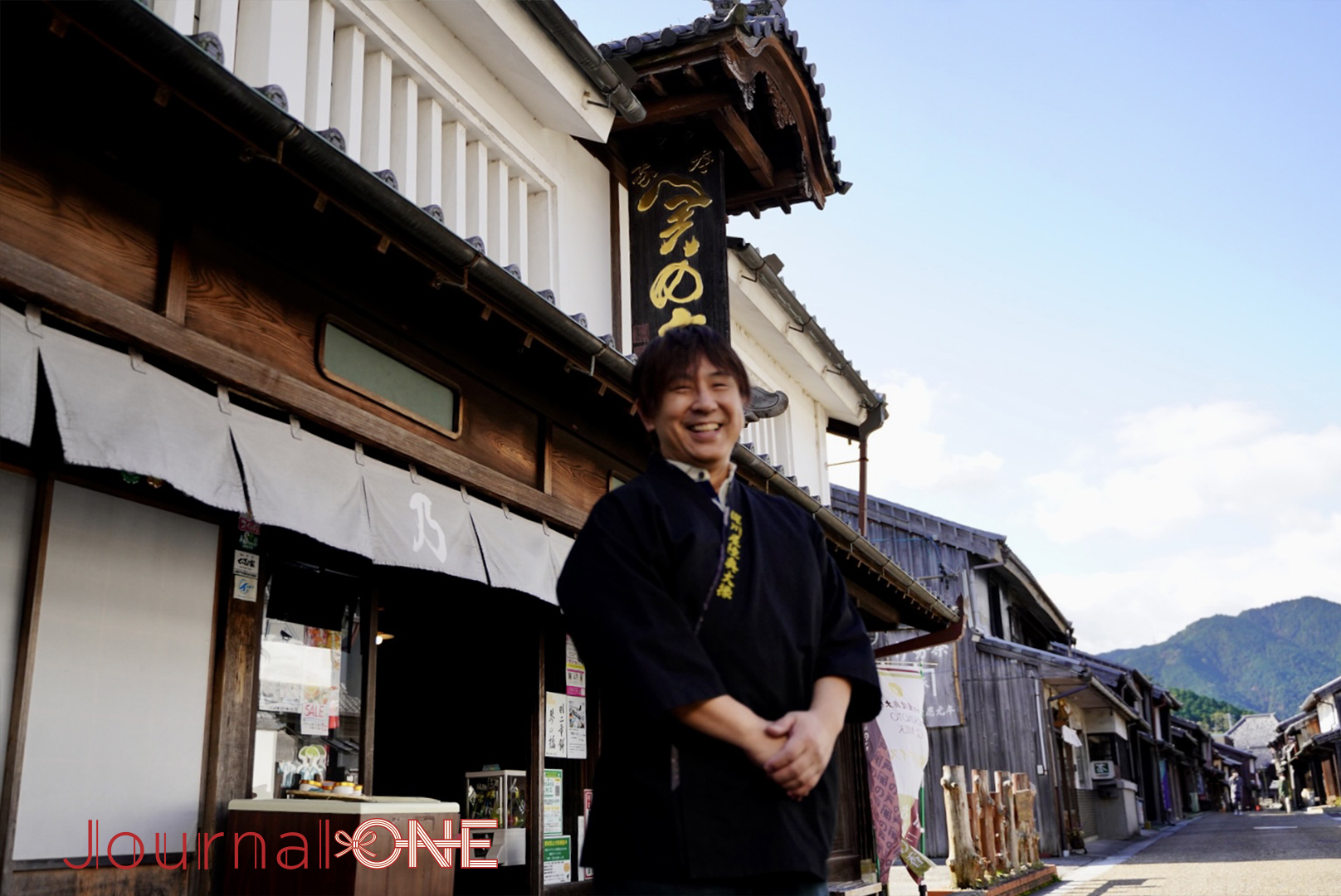
“Ninja convey all important things by oral transmission. The way to make ‘Sekinoto’, too, is only passed down through the masters orally”.
The secret to creating the taste, unaltered by season, as well as subtle changes in temperature and humidity, exists in Aki’s head only! Yet he does not show that greatness at all, and talked excitedly about the shop, of course, and about Ninja and Sekijuku.
“A Ninja’s life is source of information. Opening shops near to Bakufu offices, so as to always glean information, resulted in the efforts to prosper that continue today”.
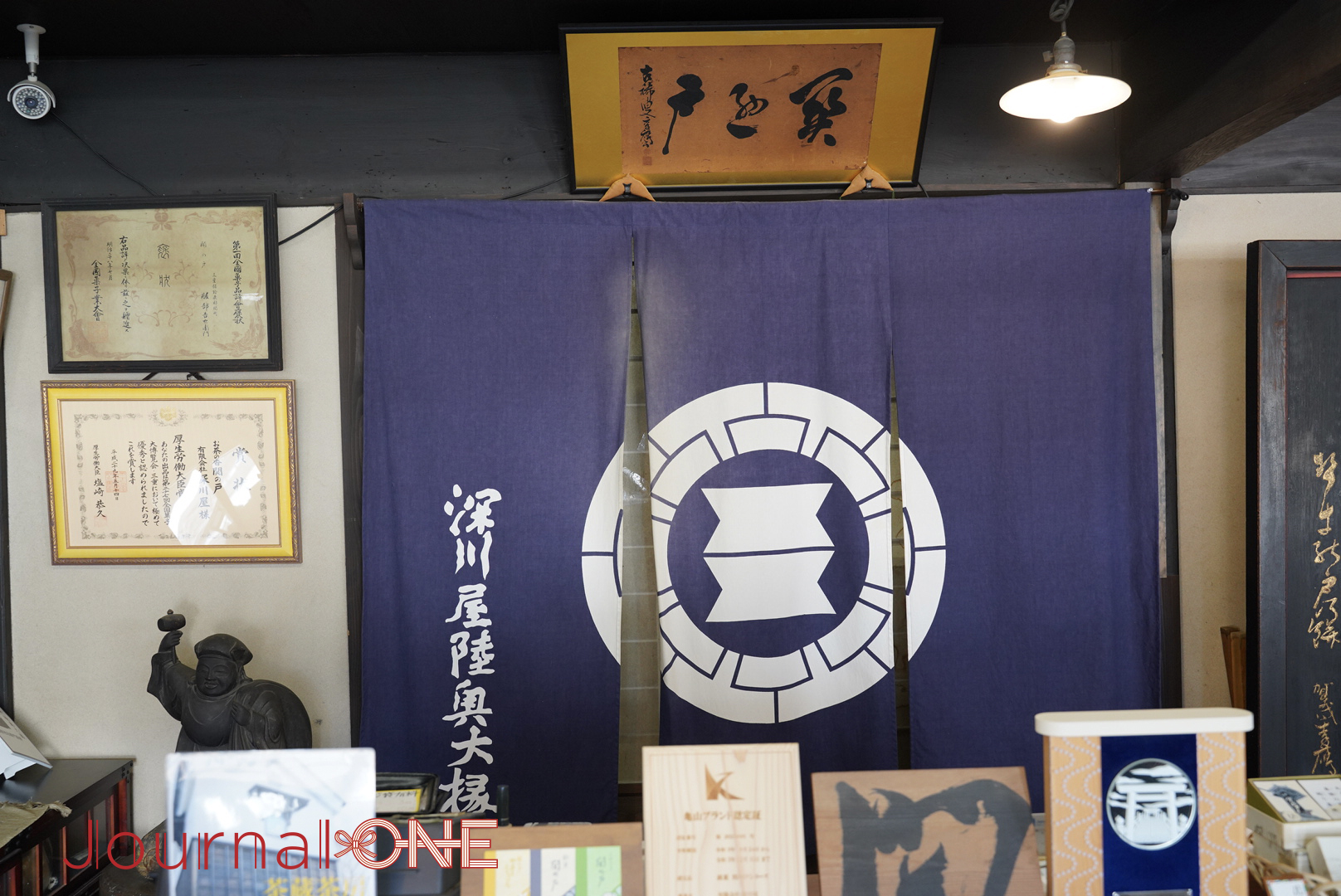
The large signboard hanging at the front of the shop is splendid, decorated with small tiles and a pair of Chinese lions. Called an “iorikanban”, Fukawaya’s signboard is said to be the only one remaining along the Tokaido Road.
“In the Edo Period, many people couldn’t read, so signs using kana syllabary indicated the direction of Kyoto, while signs only in Chinese characters showed the way to Edo. Every post town had “iorikanban”, and travelers are said to have headed for their destinations using them as pointers”.
They are like highway traffic signs, aren’t they!
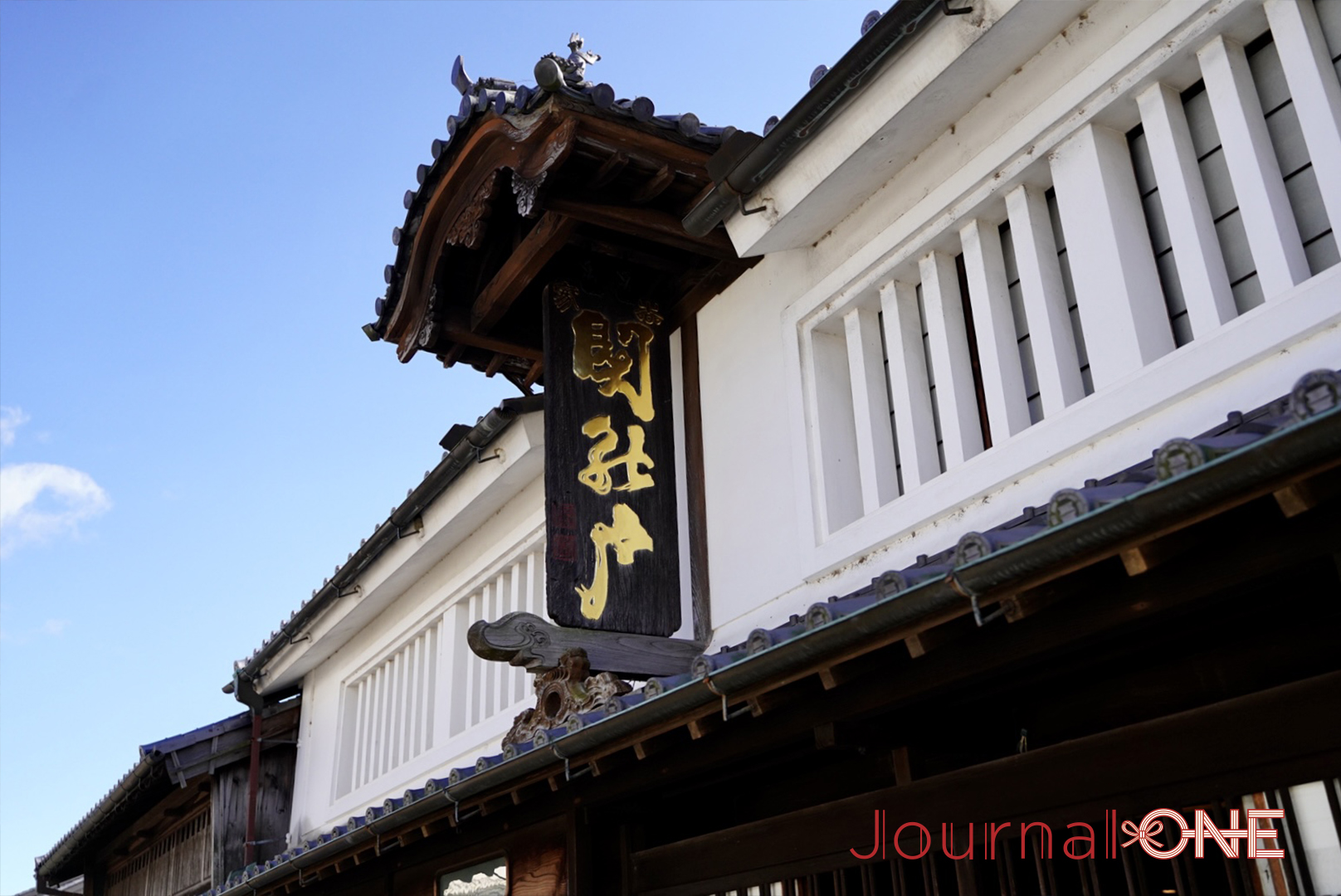
The mainstay famous product, “Sekinoto”, are adorable, one bite-size rice cakes. They are a perfect souvenir, but who doesn’t want to try them on location?
In fact, Aki opened a new cafe, Sakura-Sabo, in March 2021!
Taking a break to try “Sekinoto” together with freshly brewed coffee brings a real feeling of contentment.
